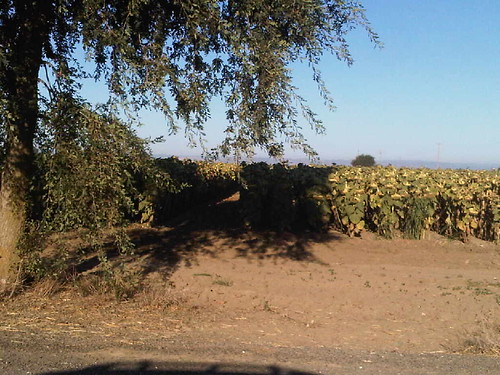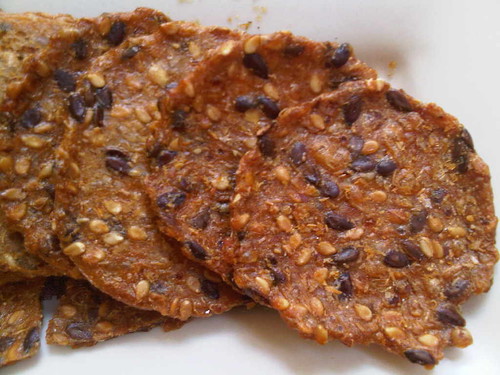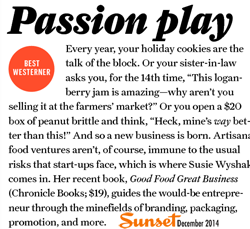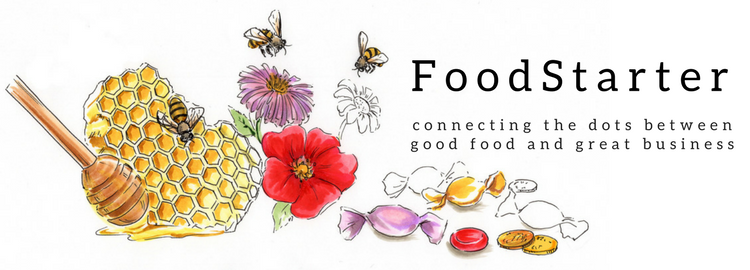Past orchards, the ground littered with wind-blown nuts. Elephant-eye-high corn fields. Sneeze-and-you’re-past towns. Keep going, down winding roads with frustratingly changing speed limits you know have got to be designed for the radars to catch you. You’re not in the city anymore. You’re not even near the main highway anymore. How did you get here? And why?

In my case I was on a mission to meet Mary Waldner of Mary’s Gone Crackers, someone whose factory in Gridley, CA I’d wanted to visit since the first time I munched on her gluten-free black pepper crackers while on a roadtrip (and had no idea where Gridley was). I honestly didn’t actually think I’d one day be sitting in Mary’s rural office–in a cozy pre-fab building–eating uber crunchy Curry Stick Twigs for breakfast.
Oh sure, the world has thousands of rural businesses and food businesses based on freshly harvested produce, logically situated by the farms. Yet, Mary and her husband dale Dale did not grow up in the countryside. Not at all. They moved here from the Bay Area after putting a stake in the ground to pursue this food business, near their organic rice suppliers. They now love the “country” life.
Touring with Mary through the production facility made me think a lot about the use of “hand made” and small batch. I’ve visited factories my whole life, from Wonder Bread, to General Mills, and the good old Hershey walk-through factory in Oakdale, CA that closed. Much as in I Love Lucy’s time, many food types require hand labor, and many are nearly fully automated including ultra cool mechanisms to discard “bad” batches.
When you see a factory like Mary’s first hand, you realize how even if a company seems “big” it really may run like a small bakery. This is partly due to how simple and natural the ingredients used to make Mary’s products are: organic quinoa, rice, and others. The herb crackers have full pieces of rosemary.
From a smaller facility in Chico, the company moved to this larger warehouse where they set up production, taking employees who had started out as helpers and seeing them move up to managing production. It’s nice to see the heart that goes into healthy products and how locating in a semi-rural location can allow for growth at a more affordable price while building up a regional economy.
Smart Lessons for Food Entrepreneurs
- Stick to your intuition even if your circle says no or has ideas that don’t seem right to you. The company is expanding into different sorts of products (I’m addicted to the ginger cookies) rather than extending the same product lines to the moon.
- Source the best ingredients. You can see on the packages the company can make every desirable health claim that makes the products ideal for every sort of eater.
- Plan your production smartly. With such unique products the team knew they would run production themselves rather than setting up with co-packers to manufacture for them.
- Solve a need. It was just luck that Mary and Dale started at the beginning of the gluten free boom. However their excellent products that appeal to all snackers are what makes them so successful.
- Keep improving and be nimble. The spirit of invention and continual process improvement is critical to reduce costs and to be able to expand with demand.
- Clearly define your founders’ roles. Mary is product. Dale is operations. (“If it weren’t for Dale, I’d probably still be making these in my kitchen,” Mary told me with a smile.)
Come to think of it, these principles apply for any entrepreneur!
Get the newsletter for occasional food business tips, news, and stories like these.







